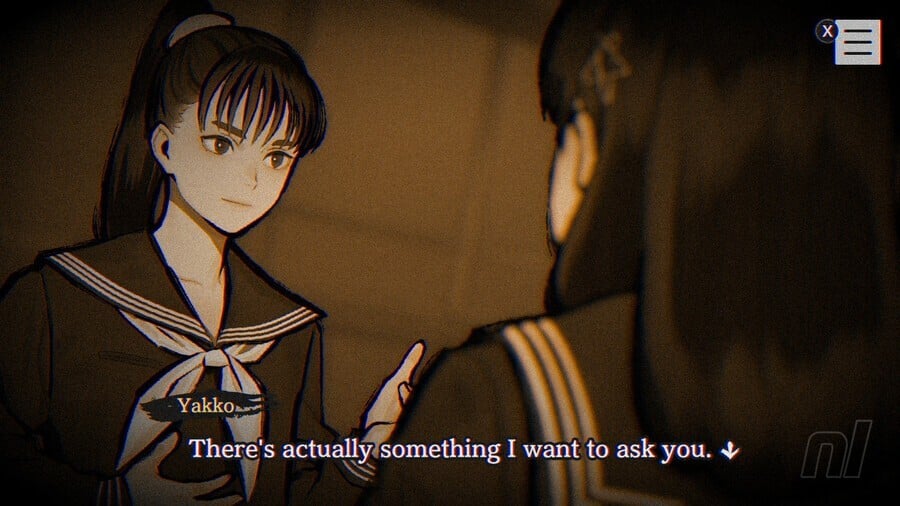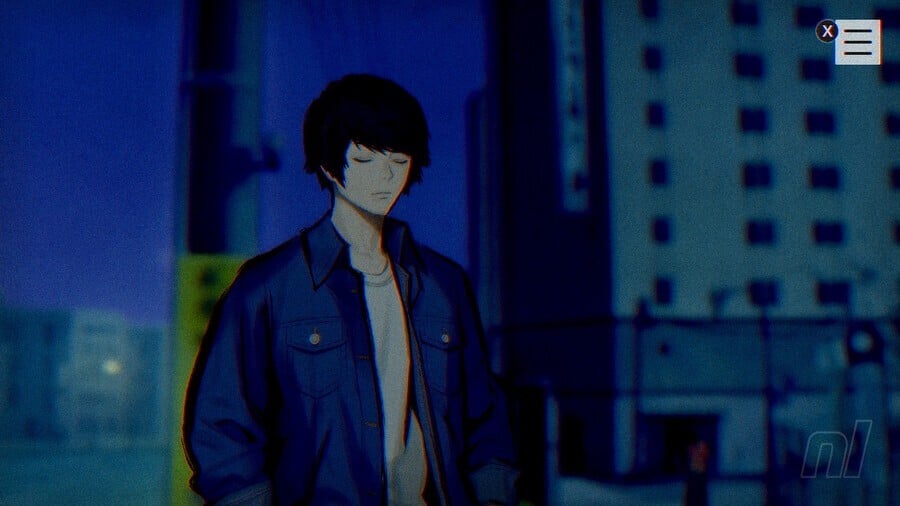We have had the chance to talk to Takaya Ishiyama, author and director of the sport; Kazuma Oushu, producer; and Gen Kobayashi, character designer (who’s most well-known for The World Ends with You) to speak concerning the real-life inspirations behind the sport, its distinctive ambiance and artwork route, and the sequence’ potential future.
Nintendo Life: Paranormasight is predicated on the real-life city legend of the Seven Mysteries of Honjo. What was it that drew you in the direction of these myths, and do you will have a favorite fable or city legend – both from these or anyplace else?
Takaya Ishiyama: There are various completely different interpretations of “The Seven Mysteries of Honjo”, and the truth that neither the variety of mysteries nor their content material are set in stone was fascinating, because it left a lot room for creativeness!
Kazuma Oushu: As these Seven Mysteries have been round for the reason that Edo interval, the tales bore resemblance to Japanese folktales, making a lot of them distinctive and fascinating. Whereas legends from historical instances have been handed down in varied areas of Japan, it isn’t so frequent to seek out so many mysteries originating from a single area, and I obtained the impression that the tales could be a superb match for the sport’s world in addition to its theme, “the ability of curses”.
There are a couple of surprisingly humorous and light-hearted moments all through the sport. How troublesome was it to stability this with the sport’s general uneasy tone, and the way did you create that ambiance?
it isn’t so frequent to seek out so many mysteries originating from a single area
Ishimaya-san: I’m proud to say that that is exactly my artistic model, so the writing occurred very organically. The works I’ve been concerned in, comparable to The Detective Kibukawa Ryosuke Case Story sequence and Schoolgirl Strikers even have atmospheres with a mixture of humor and seriousness.
What was the concept behind The Storyteller and the TV set that seems ceaselessly to the participant all through the story?
Ishimaya-san: The Storyteller is a crucial existence throughout the Paranormasight world. He’s the information who connects the participant to the sport, so his id is a secret. We felt that the TV set was consultant of the Showa Interval and determined to make it a logo for this title.

What was it like working with the Sumida Metropolis Tourism Division, and why did you wish to take nice care in creating an genuine illustration of Sumida?
Ishimaya-san: They labored with us by giving us permission to shoot backgrounds, serving to us resolve on places, and sharing supplies from the Showa Interval. We additionally cooperated with reference to promotion. We needed to take care in depicting Sumida Metropolis and upholding its picture as a result of we had been incorporating real-world city legends as a part of the sport’s theme.
Oushu-san: We had been advised by our contact at Sumida Metropolis that “The Seven Mysteries of Honjo” had been the topic of rakugo tales (the Japanese custom of comedian monologue storytelling) and books however had by no means been the topic of a sport.
The designs themselves tended to be on the plain aspect, so I used to be aware of including character via facial expressions, poses, and so forth.
At first, each side had been exploring depict the story and how much initiatives had been potential, however after they performed the sport (for background supervision) and accompanied us on location shoots, I believe we had been in a position to make clear what all sides felt was essential and ought to be revered.
We’re massive followers of the hand-drawn artwork model of the characters, and we love the usage of the grainy TV filter all through Paranormasight. The place did this concept of mixing the TV-esque really feel and the extra manga-style artwork come from?
Ishiyama-san: Because the sport is ready within the Showa Interval and we used the CRT TV to represent that exact time interval, in visualizing the idea we determined so as to add noise and filters evocative of outdated TV footage. One other motif impressed by outdated ghost tales was the analog really feel of brush strokes, which prompted the addition of brush stroke-like touches to the characters’ line artwork, in addition to GUI results resembling brush strokes.

Kobayashi-san, given your work on The World Ends with You sequence, the designs in Paranormasight are way more ‘regular’ than the extremely stylised characters of Shibuya – aside from possibly Richter! How did you go about designing these characters, and the way a lot do you know concerning the story whereas creating them?
Gen Kobayashi: In comparison with The World Ends with You, I aimed to create a extra life like world with Paranormasight, so distinctive traits within the character design had been stored inside a spread that wouldn’t really feel misplaced in a standard city.
We’re a totally clean slate when it comes to future developments
Since this work is ready a short while again through the Showa Interval in Japan, I attempted to create designs that will evoke a way of the instances by incorporating trend and hairstyles from that period. The designs themselves tended to be on the plain aspect, so I used to be aware of including character via facial expressions, poses, and so forth. An outline of the story had already been communicated to me initially of the design course of, so it wasn’t troublesome to know the general really feel.
Are there any plans to return to the Paranormasight world and convey again a few of these characters?
Ishiyama-san: We’re a totally clean slate when it comes to future developments, so it will rely on demand. Your continued help could be very a lot appreciated!
This interview has been edited evenly for readability. We wish to thank Takaya Ishiyama, Kazuma Oushu, and Gen Kobayashi for chatting with us about this hidden gem.
Paranormasight: The Seven Mysteries of Honjo is obtainable now on the Change eShop.
See Additionally
Associated Video games














